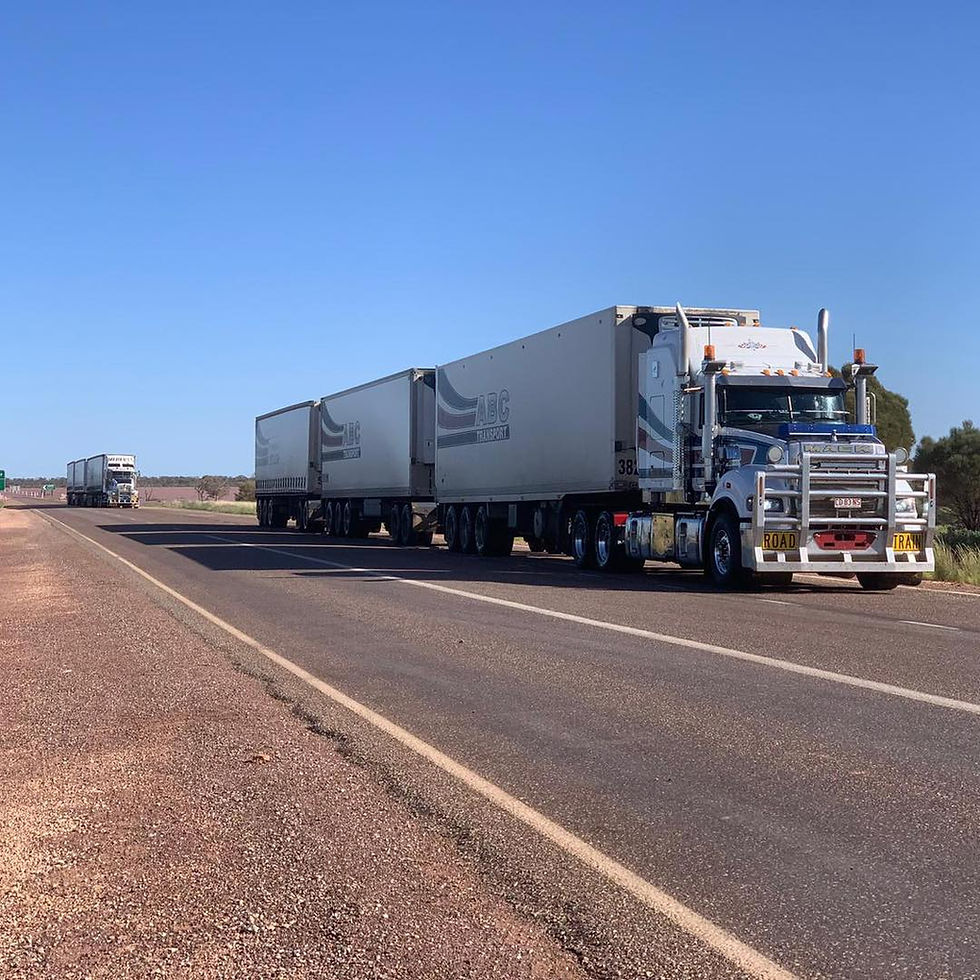2022's blockbuster federal election
- Rikki Lambert
- Dec 20, 2021
- 4 min read

March? May? Who cares - Australia's 2022 news blockbuster will be a federal election the likes of which has not been seen since the end of World War II.
It may seem a trite thing to say about every election, but in 2022 Scott Morrison and Anthony Albanese will outspend each other on a very different electoral battleground to when Tony Abbott and Barnaby Joyce won the first of the Coalition's three terms in 2013.
'The Age of Entitlement is over' prophesied newfound treasurer Joe Hockey proclaimed, as the Coalition declared it would bring an end to Labor's 'debt and deficit' era.
Fast forward to 2022 - with the tape getting chewed by a pandemic in 2020 and 2021 - and you arrive with a sigh of relief - or resignation - to a federal election year where austerity, like Abbott's Workchoices argument, is 'dead, buried and cremated'.
Every nation is rebuilding amid - or after, depending on how it plays out - the COVID-19 pandemic and its variants of the apocalypse.
Governments of all persuasions, conservative or small-l liberal, Keynesian or Austrian economists, will take part in the mother of all spending efforts by government to jumpstart their economies. Even the most austere voter will park concerns about the taxes required to one day repay such spending, in the interests of winning the pandeconomic race to rebuild fastest. (yes, I made that portmanteau up, 'pandeconomic')
Before we apply the jumper leads to Australia's fiscal terminals, let's pause to look at what has happened to Australia during the pandemic in economic terms.
Unemployment plummeted. Migration halted. City people relocated in droves, particularly out of Melbourne, to choose a country lifestyle. Farmers had bumper years on the land as La Nina dominated and conditions for our competitors took a dive. Australia's dollar stayed low enough that exporters had a field day, notwithstanding the bully-boy tactics of China towards our wine, barley and other sectors.
For some, that's heaven-on-earth politically and they'll be reluctant to see that change. Some - if they can source some in 2022 - want to dump fertiliser under those circumstances and grow Australia's domestic production capacity further.
Under Anthony Albanese, federal Labor says they want Australia to be a country that 'makes things' again. As simplistic as that sounds, it resonates with the traditional Labor voter strongly - even the 'Howard's battler' that saw John Howard ride to 4 terms in office. Its a feat Scott Morrison is aiming to emulate in a Coalition sense, even if they've had to chew through Tony Abbott and Malcolm Turnbull to get there.
Make no mistake, the political alternatives in the Australian firmament may have compelling cases to make, but what experience and the numbers tell us is that Australian voters lack imagination in a two-party-preferred electoral system. Only Labor and Liberal-National parties will be prominent in the final seat results in the majority of seats. Whether you like the major parties or hate them, aside from where a local independent has a good reputation, voters will cast a vote based on the case the mainstream media presents to them in a presidential-style contest between Morrison and Albanese.
For country readers, the National Party will play a large role in ensuring government spending for food, fibre and other regional manufacturing goes in greater proportion to regional economies than it would under Labor. It is a simple factor of mathematics and where Labor holds their seats that their manufacturing funding efforts will angle more heavily towards metropolitan areas where they hold seats.
Whereas John Howard's mantra was 'who do you trust to keep interest rates low', the Reserve Bank at the moment is swearing that will be taken care of. That's despite the USA and other Western economies seeing a surge in inflation not yet experienced in Australia other than at the bowser.
More likely, the parties will dust off the 'who do you trust' whisper in the unemployment direction. Australian unemployment is in great shape, not only offering purpose and futures for Australians of all ages, but slashing the federal government's welfare bill. That said, it took an eye-watering amount of Jobkeeper payments to keep people employed, and nobody is arguing that was a bad thing. It was, after all, short-term - unlike unemployment benefits, which can become so entrenched it becomes generational. Where once Howard won the unwinnable election off the back of anti-immigration sentiment with the 'Tampa affair', now the concern will be how much, and how soon, Australia turns the migration tap on again. Convincing people that in some industries, skilled migration is key to boosting Australian jobs will be a tough ask.
What has been lacking thus far in 2021's shadow election campaign is what George H Bush famously derided as 'the vision thing'.
Neither Morrison or Albanese have made an emotive case to the Australian people emotionally battered by pandemic restrictions and policies on the Australia we want to bequeath to our children and descendants. Albanese has reached for it on the manufacturing 'making things' front, but neither has captured what Howard - like it or not - encapsulated with his argument for 'mateship'.
Never since the end of World War II has Australia been riper for a visionary leader to declare the way he sees Australia's identity being shaped and expressed in the coming decades.
Stay tuned for attempts, successful or otherwise, to capture that narrative before 2022's crucial election.






Comments